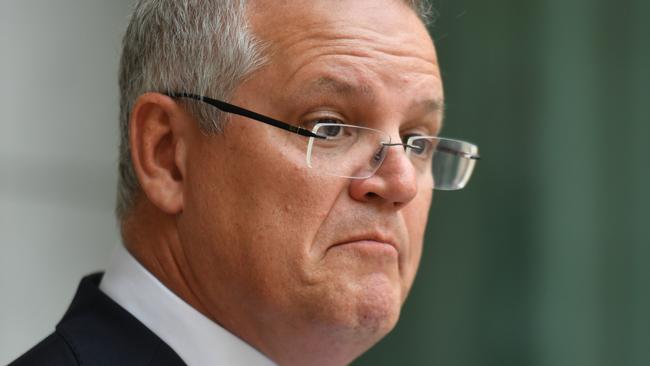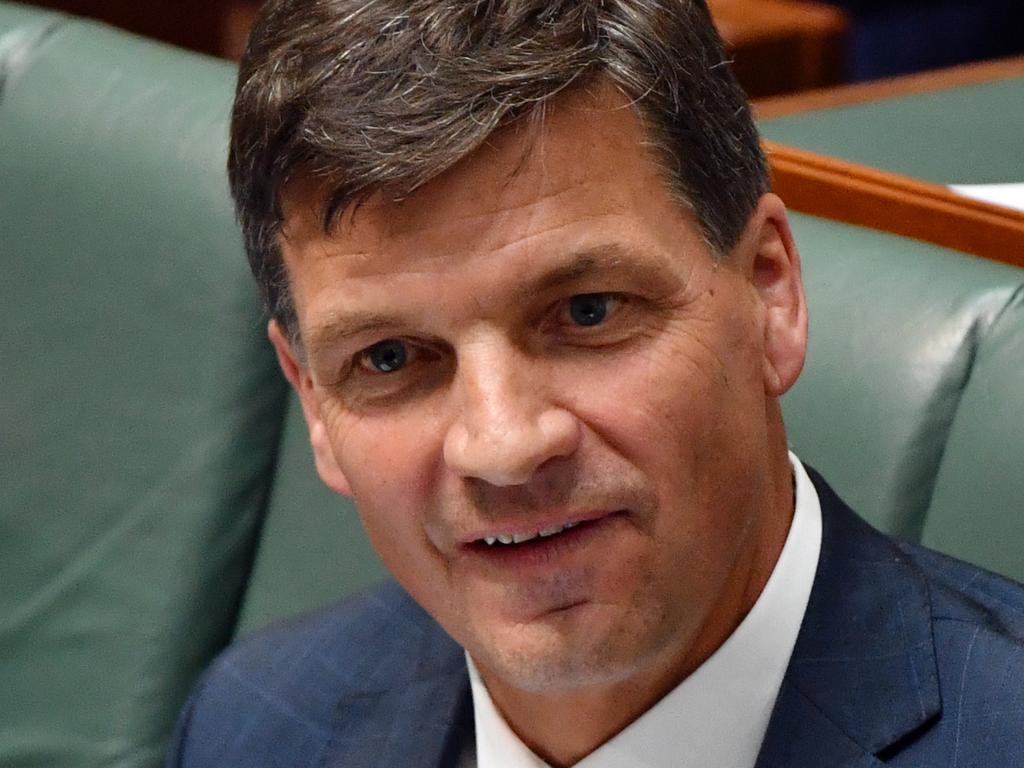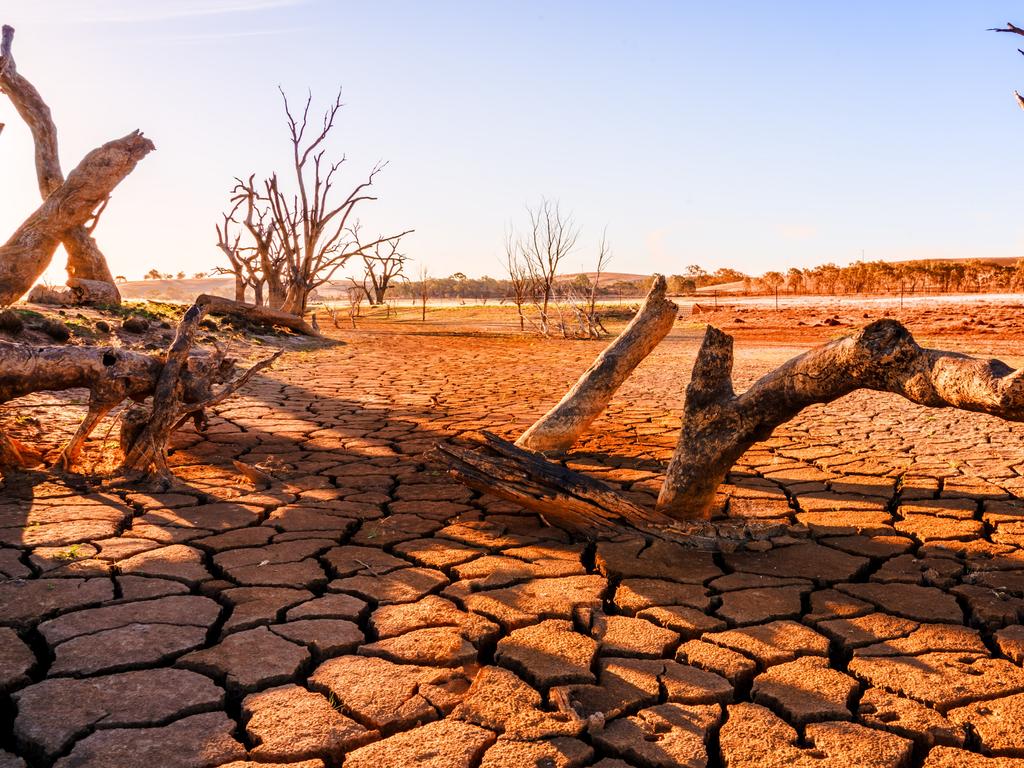Bushfires: Fears Scott Morrison’s carbon credit projects gone to blazes
The Clean Energy Regulator is reviewing a key component of the PM’s climate change commitments.

The Clean Energy Regulator is reviewing the bushfire impact on its $4.55bn Emissions Reduction Fund — a key component of Scott Morrison’s climate change commitments — amid fears tree planting and other carbon credit projects were caught up in blazes across the nation.
Analysis of government data reveals more than 50 per cent of contracted ERF projects were for vegetation regeneration and planting projects, with the NSW National Parks and Wildlife Service a major contributor.
The Australian has identified dozens of projects operated by farmers, landholders, state governments and councils across multiple states that were in or near fire zones.
The ERF has engaged 469 projects for the delivery of 191.4 million Australian Carbon Credit Units at a total value of $2.3bn, which can be sold to the federal government and businesses to offset emissions.
The Prime Minister increased Tony Abbott’s ERF by $2bn ahead of last year’s budget, setting it up as a key plank to deliver on his pledge to “meet and beat” Australia’s Paris target to reduce emissions by 26-28 per cent below 2005 levels by 2030.
Mr Morrison’s Climate Solutions Fund boost was intended to deliver another 103 million tonnes of emissions reductions by 2030, in addition to 240 million tonnes already projected.
A Department of Environment and Energy spokesman said while the majority of fire activity had occurred in areas away from ERF projects, the “fire threat remains active” and it was “not possible to confirm the precise impacts of fires on ERF projects”.
“If a fire or other disturbance causes a decline in the amount of carbon stored in a project, the project must be managed to allow the carbon stock to return to previously reported values.
“In many cases, and depending on climate factors such as rainfall levels, this may involve simply allowing the vegetation to regenerate,” he said.
Responding to whether the government would need to reassess its emissions targets, the department said emissions from wildfire were “generally balanced over time” by regrowth.
“Catastrophic wildfire is considered a natural disturbance under the international climate change rules and does not trigger a requirement to reassess targets.
“Climate change is a global challenge and all countries, including Australia, need to take action to mitigate and adapt to its impacts.
“The government will continue to ensure our climate policies allow us to meet and beat the commitments we have made, and work with the international community to look at the best ways to tackle this global problem.”
Ahead of the deadly New Year blazes, the Clean Energy Regulator issued a warning to ERF project holders that eligibility for carbon credit units was “contingent” on compliant fire management plans.
It told landholders “ERF project considerations are matters that we would encourage you to address in due course once the threat has passed”.
“In the event that your project is affected by fire, and the fire has affected, or is likely to have affected, at least 50ha or 5 per cent of your total project area (whichever is smaller), you will need to notify us in due course,” the December 23 statement said. “Given the severity of the current bushfire threat, we will be flexible in following up with you on these issues once the threat has passed.”
The Clean Energy Regulator also provided state fire authorities with geospatial location information on land-based projects to help develop fire management strategies.
The Carbon Farming Initiative, which allowed land managers and farmers to earn carbon credits, was incorporated into the ERF in 2015, and accounts for more than 72 million carbon credit units.
The Palaszczuk government, which has adopted a target of 50 per cent renewable energy by 2030 and zero net emissions by 2050, has urged farmers, indigenous groups and landholders to use the ERF to earn “an alternative source of income through management of native vegetation”.
A Queensland Department of Environment website said: “Doing this will also assist in reducing Australia’s carbon emissions by not clearing and/or allowing forests to regrow.”
The Australian this week revealed nearly one million hectares of prime agricultural land had been damaged by bushfires, in addition to more than 1.6 million hectares of logging forests and tree plantations.








To join the conversation, please log in. Don't have an account? Register
Join the conversation, you are commenting as Logout